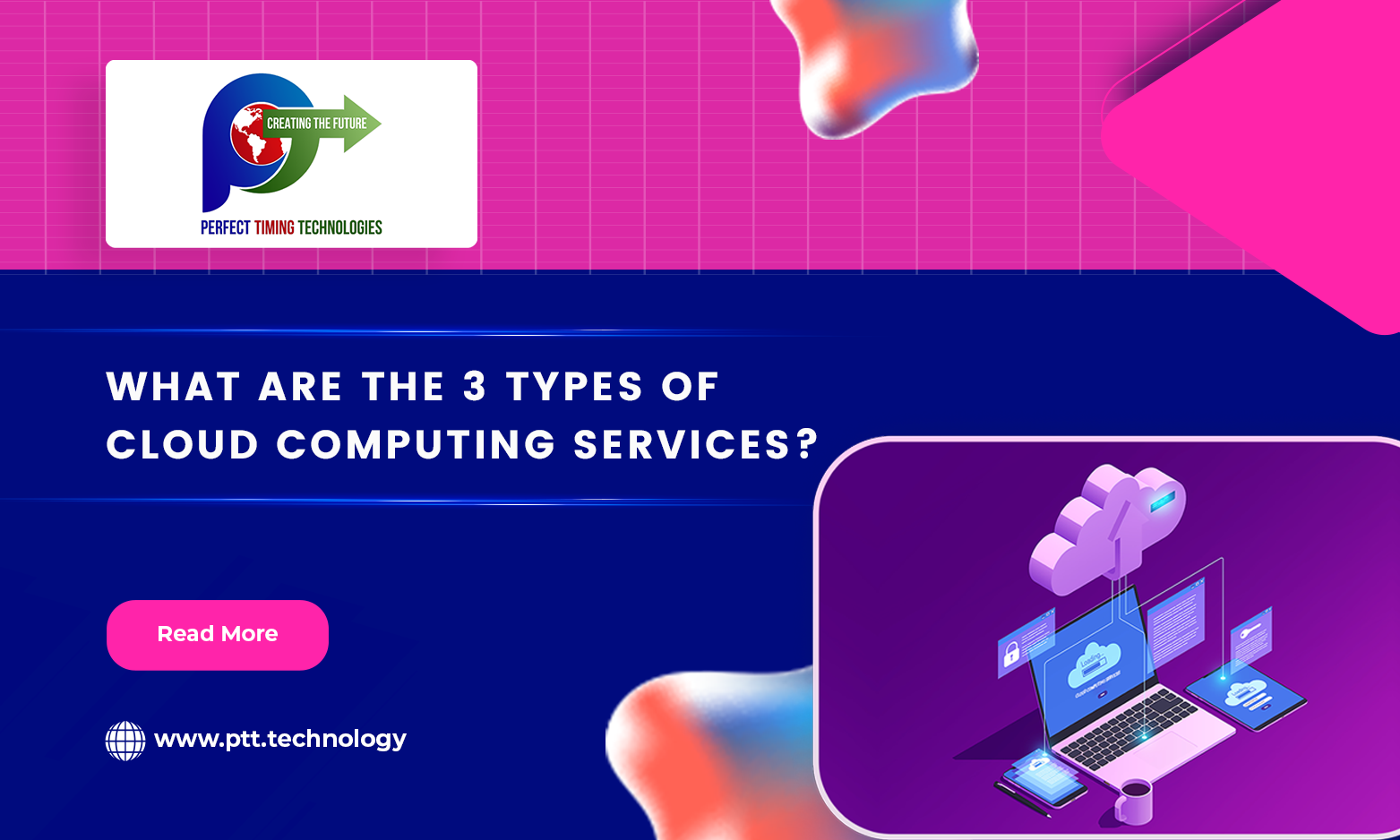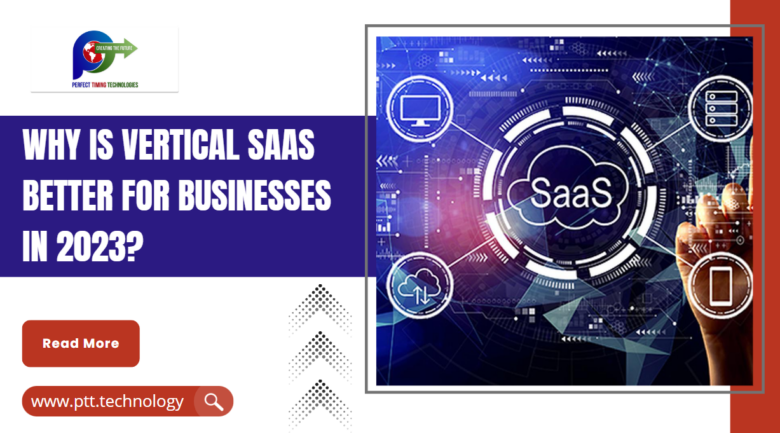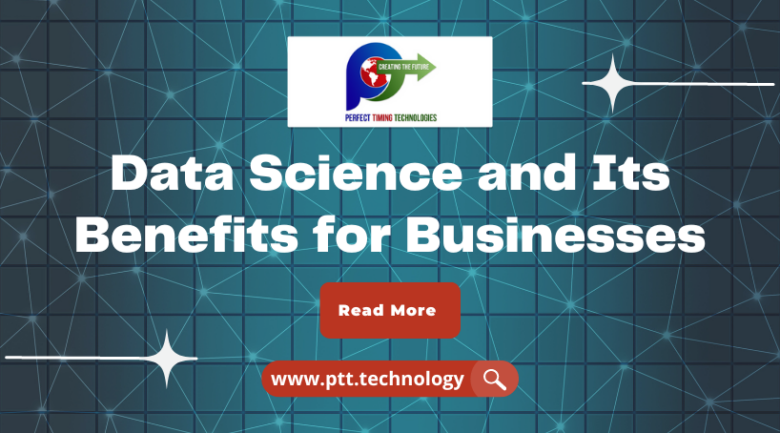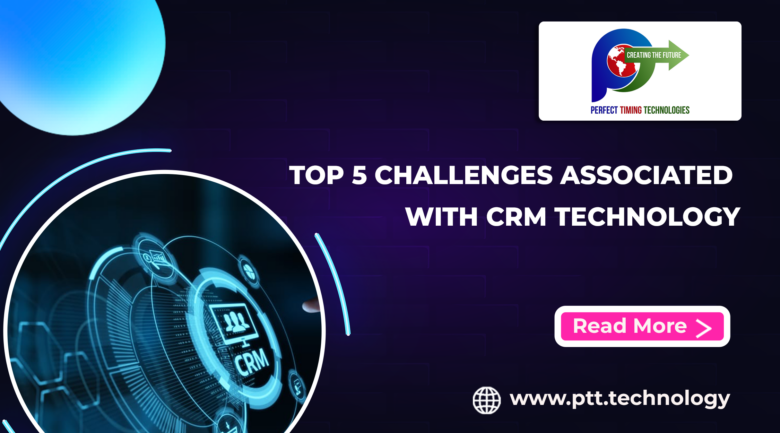
Cloud Computing has become a significant part of the IT industry. Cloud computing provides computing services, including servers, storage, databases, networking, software, analytics, and intelligence, through the Internet to offer faster innovation, flexible resources, and economies of scale. In simple terms, cloud computing allows users to access and use these services without owning the physical infrastructure required.
Today, we shall delve deeper into understanding the three types of Cloud Computing services. So, let us begin.
Types of Cloud Computing Services
Cloud computing is a system that comprises three services –
- Software as a Service
- Infrastructure as a Service
- Platform as a Service
Software as a Service
Software as a Service is the first cloud computing model that provides software applications over the Internet on a subscription basis. In the SaaS model, software is hosted and maintained by a third-party provider, and users can access it through a web browser. It is contrary to the traditional software distribution models where users purchase and install software on their local computers.
The key characteristics and advantages of SaaS in cloud computing have been described below.
- Accessibility: SaaS applications are accessible from any device with an internet connection, making them highly accessible and convenient for users of all kinds.
- Subscription-Based: SaaS is typically offered on a subscription basis, where users pay a recurring fee to use the software. It eliminates the need for upfront software licensing costs.
- Automatic Updates: SaaS service providers are responsible for maintaining and updating the software, ensuring users can access the latest features and security patches without manual intervention.
- Multi-Tenancy: SaaS applications are designed to serve multiple customers from a shared infrastructure, which helps lower costs for both providers and users. However, security and data isolation are critical considerations in multi-tenant environments.
- Collaboration: Many SaaS applications are created to facilitate collaboration and data sharing among users and teams, promoting teamwork and productivity.
Some of the best examples of SaaS applications include Salesforce for CRM, Google Workspace for productivity tools, Microsoft 365 for office applications, and Dropbox for cloud storage.
Infrastructure as a Service
Infrastructure as a Service or IaaS, is a cloud computing model that provides virtualized computing resources over the Internet. In the IaaS model, customers can provision and manage various fundamental IT resources, such as virtual machines, storage, and networking, on a pay-as-you-go basis. It allows businesses and individuals to access and use infrastructure components without maintaining physical hardware.
The key elements and characteristics of the IaaS model are as follows:
- Virtualization: IaaS relies on virtual technology to abstract physical hardware resources and create virtual instances to be used by customers. Virtual machines are a fundamental component of IaaS, enabling users to run various operating systems and applications on shared physical infrastructure.
- Self-Service: IaaS platforms provide self-service interfaces and tools that enable users to provision and manage resources without requiring extensive IT expertise. Users can often control and configure their virtual machines, storage, and networking settings through a web-based dashboard or API.
- Resource Management: Customers have control over the configuration and management of their virtualized resources, including the choice of operating systems, software installations, and network settings. It gives users greater flexibility and customization options.
- Pay-As-You-Go Pricing: IaaS providers typically employ a usage-based pricing model, where customers get charged for the resources they use. This cost model can help reduce upfront capital expenditures and align costs with actual usage.
- Examples: Prominent IaaS providers include Amazon Web Services (AWS), Microsoft Azure, Google Cloud Platform (GCP), and IBM Cloud. These platforms offer a wide range of infrastructure services and features that cater to various use cases and industries.
Platform as a Service
Platform as a Service (PaaS) is a cloud computing model that provides a platform and environment for developers to build, deploy, and manage applications. PaaS offerings typically include infrastructure components and tools, such as operating systems, development frameworks, databases, and middleware, which facilitate the entire application development lifecycle. PaaS abstracts much of the underlying infrastructure management, allowing developers to focus primarily on coding and application logic.
Given below are the characteristics of the Platform as a Service model:
- Development Tools: PaaS platforms provide a range of development tools and services, including programming languages, integrated development environments, and application frameworks. These tools streamline the development process of the software used by a business.
- Middleware: PaaS includes middleware components like application servers, message queues, and databases. These services are often pre-configured and ready for use, reducing the need for developers to set up and manage middleware themselves.
- Deployment and Management: PaaS automates application deployment and management tasks associated with new software. It also makes it easy to deploy and update applications. Developers can push code to the Platform that handles the deployment process efficiently.
- Monitoring and Analytics: PaaS solutions offer monitoring, logging, and analytics tools, enabling developers to gain insights into application performance and user behaviour. It can be used to optimize applications and troubleshoot issues.
- Examples: Prominent PaaS providers include Heroku, Google App Engine, Microsoft Azure App Service, and AWS Elastic Beanstalk. These platforms offer various services for different programming languages and application types.
Key Takeaways
- SaaS has become a dominant model for software delivery, particularly for businesses looking to streamline their operations and reduce the burden of software management and maintenance.
- IaaS is beneficial for organizations looking to rapidly deploy and scale IT resources without the associated capital costs and long lead times of traditional on-premises infrastructure.
- PaaS is an ideal choice for developers and development teams because it accelerates the software development process, reduces the complexity of infrastructure management, and provides a platform for building, testing, and deploying applications.
- Join hands with us to fulfil all your cloud computing and IT infrastructure needs. We have a team of expert developers and IT professionals to look after individual business requirements.







